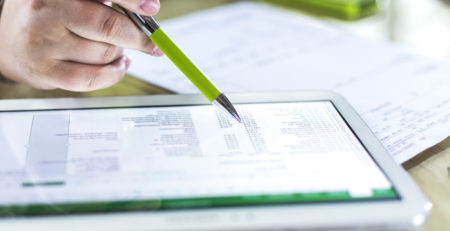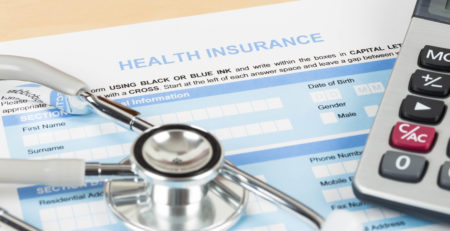Where is Fraud Likely? – Part 9: Check Fraud
Lawrence R. Beebe, CPA,
In this series, we are discussing specific areas where fraud might be likely to occur within an organization and the steps management can take to detect and prevent fraud.
Two Signatures on a Check May Be No Better than One
Many entities insist that every check have two signatures. It is an excellent internal control if it works properly. Don’t be fooled into thinking, however, that two signatures are always better than one.
Take the following scenario: a bookkeeper realizes that one of the signators on the bank account is going out of town. The individual agrees to sign blank checks because he knows that his co-signer always looks carefully at the supporting documentation before signing. The scheming bookkeeper then catches the second signer in a hurry going out the door. He asks if his co-signer looked at the supporting documentation and the bookkeeper says yes. The checks are signed quickly without looking at anything. Among the checks is one for several hundred thousand made payable to the bookkeeper. Before anyone discovers the theft, the bookkeeper has been in his new foreign locale for several weeks.
If you are going to use two signers on a check, make sure that they swear to independently look carefully at the supporting documentation each time checks are signed.
Previous Posts in this Series
Where is Fraud Likely? – Part 1: Almost Anywhere
Where is Fraud Likely? – Part 2: Accounts Receivable Lapping
Where is Fraud Likely? – Part 3: Kiting
Where is Fraud Likely? – Part 4: Falsifying Credit Card Charges
Where is Fraud Likely? – Part 5: Petty Cash
Where is Fraud Likely? – Part 6: Falsified Receipts







